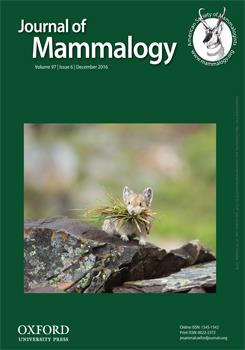In Alberta, wild bison, Bison bison (Linnaeus 1758) occurring outside protected areas are assumed to have originated from the free-ranging bison populations within Wood Buffalo National Park (WBNP). As bison in WBNP are infected with 2 diseases, it was assumed that neighboring bison outside WBNP were also diseased. However, the neighboring Harper Creek and Ronald Lake bison populations have not tested positive for either disease, suggesting limited contact with WBNP herds. To resolve this, we analyzed microsatellite genotypes from all free-ranging bison groups in Alberta and one from the Northwest Territories (NWT), Canada. In the WBNP area where bison have persisted, we recover a genetically panmictic population comprising all possible subpopulations within the park, plus the adjacent Wentzel Lake herd, all of which are diseased. In contrast, but consistent with their disease-free status, we find the Ronald Lake and Harper Creek bison herds to be genetically differentiated from this larger WBNP herd, despite their close proximity. This highlights the importance of the Ronald Lake and potentially the Harper Creek herds for bison recovery. We also document the genetic impacts of translocation on the species, as the Mackenzie, NWT, and Elk Island National Park (EINP), Alberta, bison populations founded in the 1960s from WBNP animals are now genetically differentiated, but the more recently founded Hay Zama bison population is not differentiated from its source population, the EINP wood bison. Interestingly, factorial correspondence analysis, FST, and its high private allelic richness suggest that the Harper Creek population is significantly differentiated from all other bison populations studied. Though they are most closely related to WBNP populations, more study of this population is warranted.
How to translate text using browser tools
24 August 2016
Genetic analyses of wild bison in Alberta, Canada: implications for recovery and disease management
M. C. Ball,
T. L. Fulton,
G. A. Wilson
ACCESS THE FULL ARTICLE

Journal of Mammalogy
Vol. 97 • No. 6
November 2016
Vol. 97 • No. 6
November 2016
Bison bison
bovine tuberculosis
brucellosis
conservation
genetic structure
plains bison
population genetics




